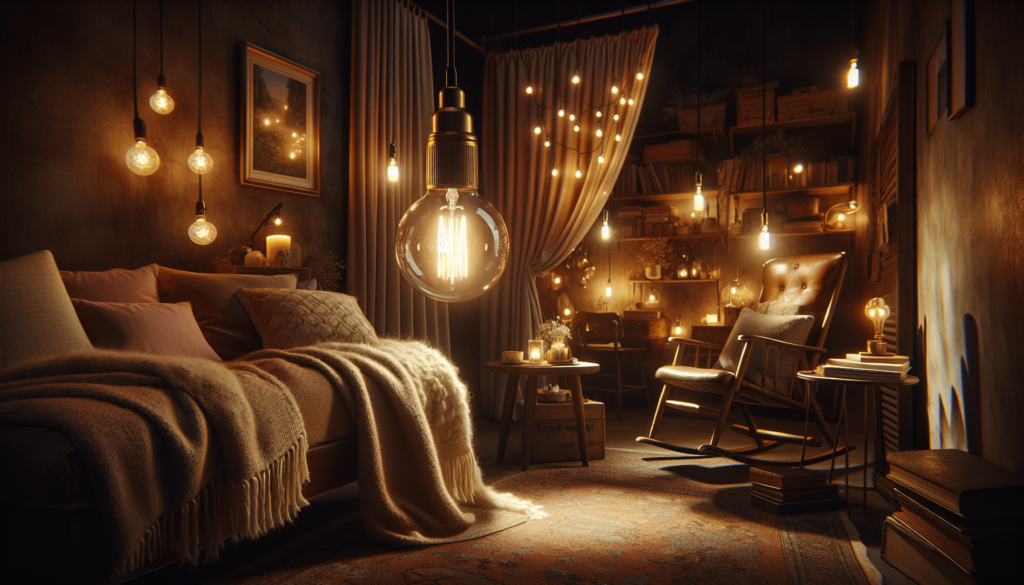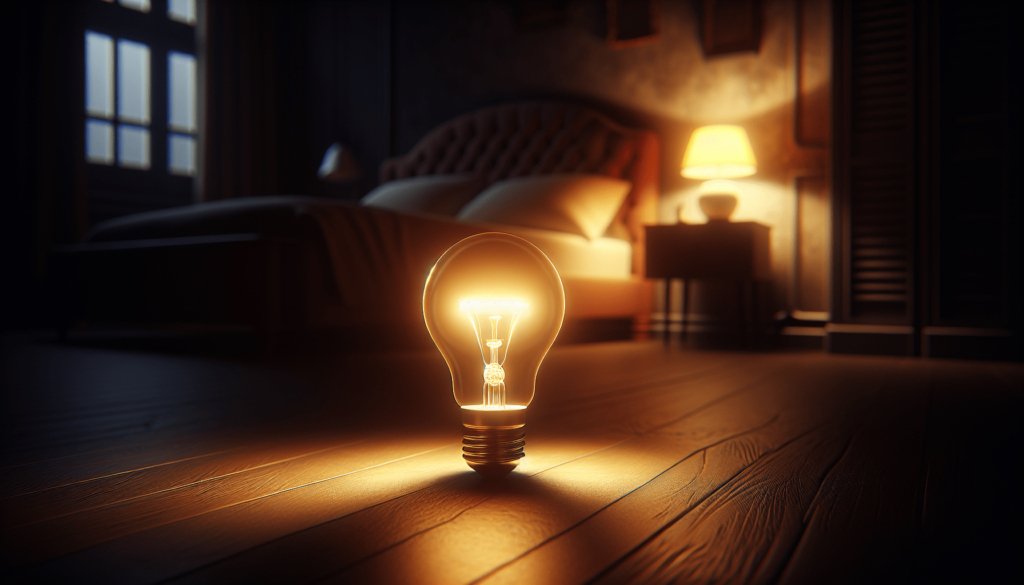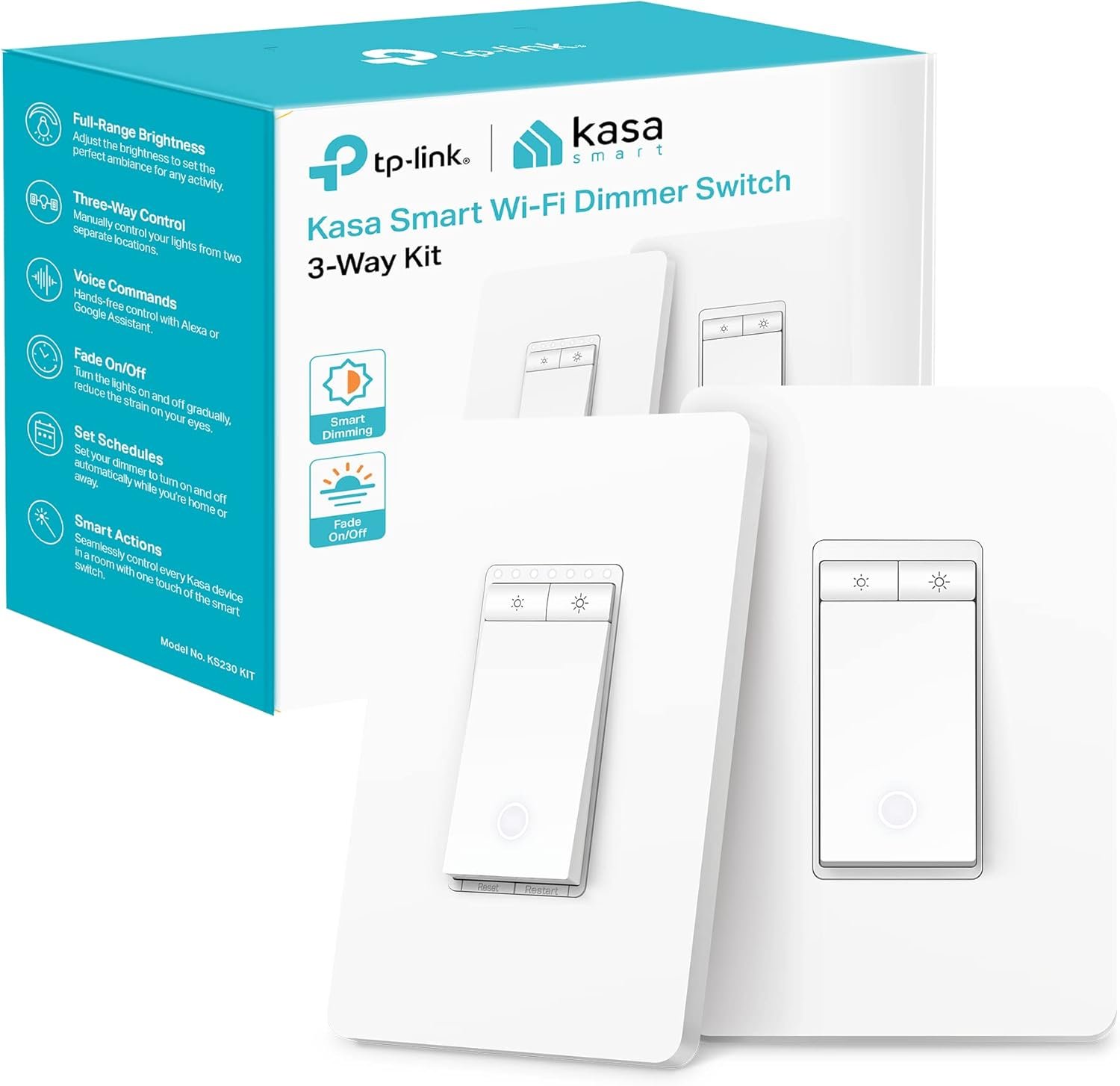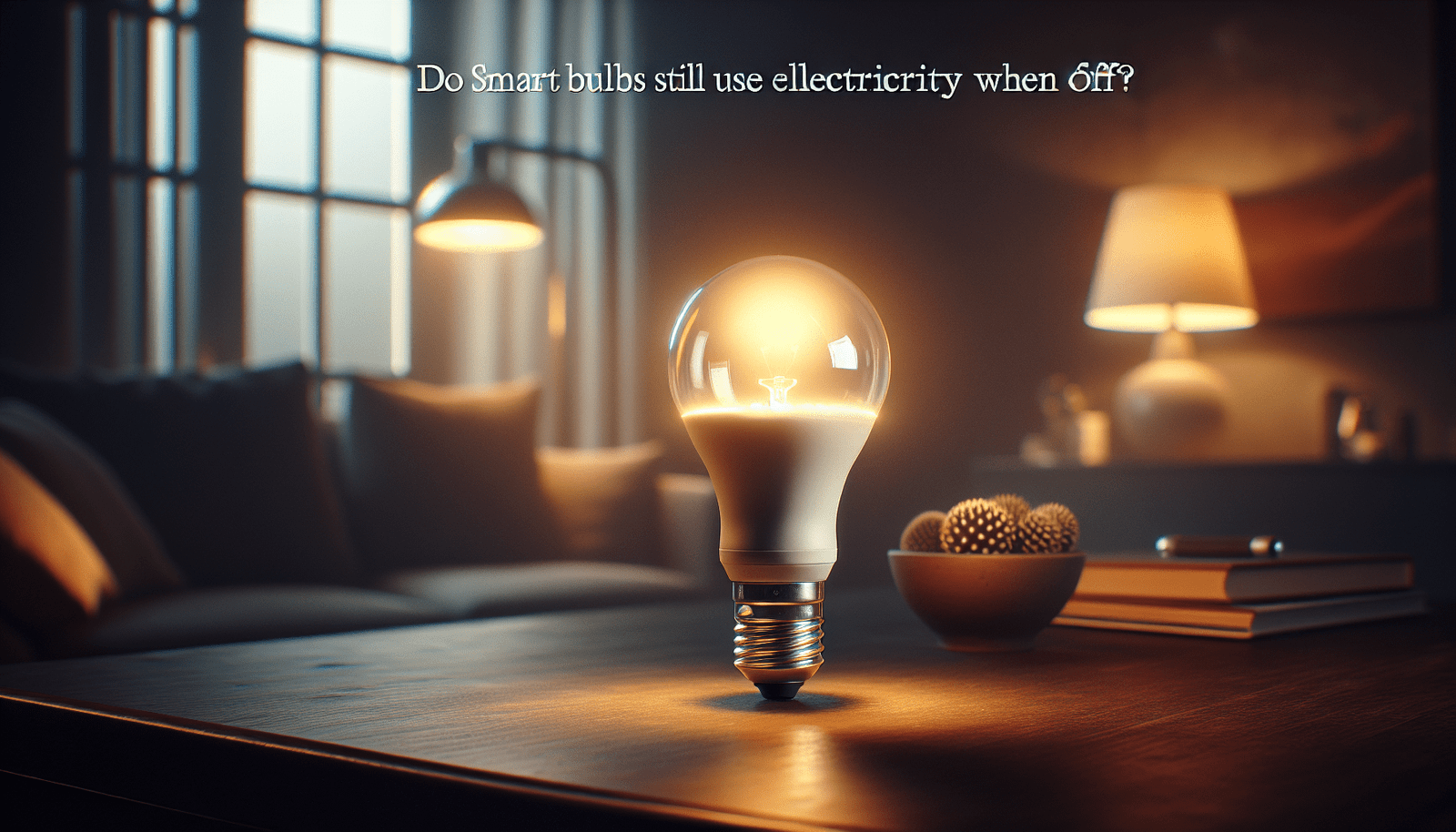Have you ever considered the limitations of using LED bulbs in certain scenarios? While smart lighting technology, including LED bulbs, offers a host of advantages such as energy efficiency, convenience, and connectivity, there are still environments where LED bulbs may not be the ideal choice. Understanding these nuances can make a significant difference in your smart lighting decisions.

Understanding Smart Bulbs and Their Key Features
Before diving into the areas where LED bulbs might not be suitable, it’s crucial to grasp how these smart bulbs operate and their distinct features. Smart bulbs are integral components of modern smart homes, providing users with a broad range of control over their lighting through wireless connectivity options such as Wi-Fi, Bluetooth, or Zigbee. Key features include the ability to dim lights, set schedules, and even change colors to suit different moods or activities.
Connectivity Options
Smart bulbs can connect to home networks using various standards. Wi-Fi and Bluetooth are common for individual bulb control, while Zigbee and Z-Wave are popular in systems requiring a central hub for multiple bulb management. Each of these options has its unique benefits and limitations concerning range, power consumption, and ease of integration, which should be considered before making a purchase.
Dimming and Scheduling
One of the major appeals of smart bulbs is their ability to be dimmed without additional hardware, unlike traditional bulbs that require a separate dimmer switch. Scheduling capabilities also allow homeowners to automate their lighting based on time of day or specific events, enhancing convenience and contributing to energy savings.
Color-Changing Capabilities
Many smart bulbs come with the feature to transition between different colors. This can create dynamic lighting environments perfect for setting the mood for different activities, from relaxing with a warm hue to energizing with cool whites.
Installation and Compatibility
Knowing where and how to install smart bulbs can prevent potential mishaps and ensure maximum benefit from your lighting solutions. Smart bulbs are designed to fit standard light fixtures, but there are some considerations to keep in mind.
Existing Fixtures
Most smart bulbs are compatible with existing light fixtures, ensuring a smooth transition from traditional to smart lighting. However, it’s essential to verify whether your fixture is compatible, especially if it’s using older technology or custom fittings.
Additional Hubs
Some smart bulb systems, especially those using Zigbee or Z-Wave, require an additional hub for full functionality. This hub facilitates better control and integration with other smart home devices but may add to initial setup costs.
Energy Efficiency and Costs
The energy efficiency of LED bulbs makes them a popular choice among homeowners. Understanding their impact on electricity bills compared to traditional light sources is crucial for informed decision-making.
Power Consumption
LED bulbs consume far less energy than incandescent or fluorescent bulbs, contributing to significant energy savings over time. This efficiency not only helps reduce electricity bills but also extends the lifespan of the bulb itself, offering fewer replacements and associated costs.
Energy Savings
Smart lighting’s scheduling and automation capabilities further amplify energy savings by ensuring lights are only on when needed. However, the cost of smart bulbs can be higher upfront, making it important to assess the long-term savings against initial spending.
Automation and Integration with Smart Home Systems
Integration of smart lighting with home automation systems is one of the biggest draws for smart home enthusiasts. It provides convenience and enhanced control but can also come with certain complexities and limitations.
Remote Control and Scheduling
Smart bulbs can be controlled remotely via smartphone apps, even when you’re away from home. This capability allows for more detailed management of your home’s lighting, whether you want to check if you left the lights on or need to simulate your presence for security purposes.
Voice Assistant Compatibility
Compatibility with voice assistants like Alexa, Google Assistant, or Apple HomeKit enables hands-free control of your lighting, contributing to a seamless smart home experience. However, ensuring compatibility with your existing smart home system is crucial for seamless integration.

Where LED Bulbs May Not Be Ideal
Despite their versatility, there are environments where LED bulbs might not perform optimally or meet user expectations due to specific limitations.
Dimmer Switch Compatibility
Traditional dimmer switches are generally incompatible with most LED smart bulbs. This can lead to flickering or reduced control over lighting levels. While some bulbs are explicitly designed to work with dimmers, checking compatibility is necessary before installation.
Heat-Sensitive Environments
LEDs are more sensitive to heat compared to other bulb types. Using them in enclosed fixtures or areas with high temperatures can cause overheating, which may shorten their lifespan and efficiency.
Outdoor Use in Harsh Conditions
While many smart bulbs are rated for outdoor use, extreme weather conditions such as heavy rain or direct sunlight might challenge their durability. It’s vital to select bulbs designed for outdoor installations, ensuring they have adequate protection and resistance to elements.
High-End Lighting Needs
For environments requiring exceptionally high light levels or specialized lighting (such as a photography studio), LEDs might not always be up to the task, particularly those from lower-end models that do not deliver high luminosity.
Drawbacks and Limitations
While smart lighting brings many benefits, understanding its drawbacks is crucial for potential buyers to avoid disappointments.
Wi-Fi Usage and Connectivity Issues
Smart bulbs rely on network connectivity to function fully. This reliance can lead to issues if your home network experiences downtimes or if the Wi-Fi signal is weak. Investing in a robust home network can mitigate this potential pitfall.
Potential Lag
Some users may experience a slight delay when turning on or off a smart bulb via voice command or app, caused by processing times through cloud servers. This can be minimized by choosing systems that support direct Bluetooth or Zigbee connectivity.
Security Risks
As with any device connected to the internet, smart bulbs can pose a security risk if not properly secured. Ensuring that your home network has strong security measures in place is essential to prevent unauthorized access.
Troubleshooting and Best Practices
Learning to troubleshoot common issues and adopt best practices will enhance your experience with smart lighting solutions.
Connectivity Issues
If your smart bulbs are not connecting to your network, try restarting your router, updating your bulb’s app, or ensuring that the bulbs are within range of the network signal. These steps can often resolve simple connectivity problems.
Power Failures
During power outages, some smart bulbs may reset to default settings. Knowing how to quickly reconfigure your settings can save time and maintain your lighting convenience.
Recognition Problems
Occasionally, smart bulbs may not be recognized by the control app. Removing the bulb from the app and re-adding it is a common fix. Ensuring your app and devices are running the latest software versions can prevent compatibility issues.
Smart Lighting Ecosystems
Integration with broader smart lighting ecosystems can provide a more seamless and efficient use of your smart bulbs, offering additional layers of control and convenience.
Smart Switches and Dimmers
Smart switches and dimmers can complement your smart bulbs by offering manual control options and enhancing automation capabilities. These devices can be particularly useful in areas where a voice or app control is less convenient.
Lighting Hubs for Enhanced Control
Utilizing a smart lighting hub can centralize your lighting controls, providing broader functionality and integration with other smart home devices. While adding an extra layer of control, it requires an initial investment and setup.
Outdoor and Specialty Uses
Exploring the possibilities of smart lighting outdoors and in special applications can help broaden its benefits to different areas in your home.
Weather Resistance
Selecting smart bulbs with appropriate weather resistance is essential for outdoor settings. Understanding the rating system and selecting bulbs with a sufficient level of protection ensures longevity and performance in all conditions.
Special Applications
Areas like security lighting can benefit from smart bulbs integrated with motion sensors. This setup not only enhances security but also optimizes energy efficiency by ensuring lights are on only when needed.
Conclusion
While LED bulbs and smart lighting can revolutionize home lighting with their advanced features and energy efficiency, they are not universally the best fit for every environment. Recognizing the specific limitations of LED technology, particularly in heat-sensitive, high-luminosity, or specific outdoor conditions, can help make more informed choices in your smart lighting journey. By understanding the nuances, homeowners and renters can better integrate smart technology into their living spaces, achieving convenience, efficiency, and security in a sustainable manner.
Disclosure: As an Amazon Associate, I earn from qualifying purchases.





